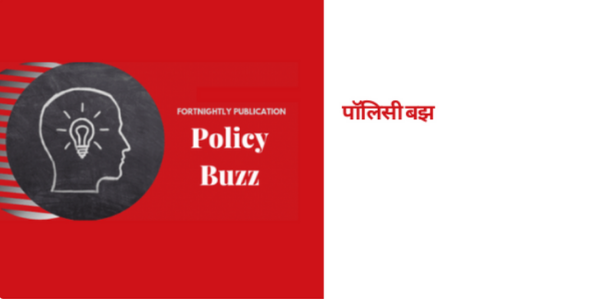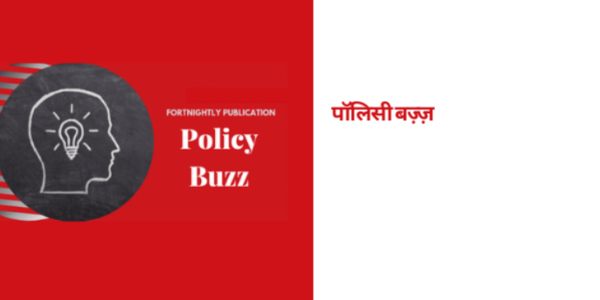This blog is part of a series unpacking the ‘PAISA for Municipalities‘ research which analysed urban local body finances in Tumakuru Smart City of Karnataka. The first part offers why the study was conducted, the backdrop to the study, and the researchers involved. It can be found here.
In my last blog, I had written about the need to reduce the institutional clutter in governance, particularly in urban areas. The root cause of the problem is that institutions continue to exist long after their useful life span, and often, in contradiction to fresh legal and constitutional mandates. A good example is the continuing existence of Urban Development Authorities nearly 30 years after the 74th Amendment was enacted, mandating the constitution of elected urban local governments, with powers to undertake local planning for economic development and social justice.
The usual argument given by those who cling to these obsolete institutions, is that they are necessary for the interregnum period before local governments develop the capacities to undertake their mandated tasks.
Really?
There could not be a weaker argument than the one of lack of capacity.
In the Indian context, where most recruitments of staff are highly centralised to the Union and state governments, local governments will not develop their organisational capacity in isolation. Capacities have to be transferred to them by the state governments, which have empowered them nominally through laws. There is a simple way to do it. Which is, to craft a new institutional structure under which existing institutions, with their existing capacities are transferred to the local governments to work under their control and supervision.
This is not difficult to do. But this is exactly what bureaucrats and higher-level politicians do not want. There are two reasons why they will not reorganise existing institutions into logical chains of accountability and responsibility. First, everybody wants jobs that are not accountable to anybody else. Second, they all want plenty of such jobs, because each such job carries with it the ability to dispense patronage, money, and influence.
Successive generations of bureaucrats and politicians have been inducted into the existing confused system, of multiple institutions tripping each other up.
The rules for such rearrangement are simple. At the top are the institutions that are constitutionally mandated. In the context of daily governance and service delivery, they would mean, apart from institutions such as courts and regulators that stand apart, the elected governments at the Union, state, and local levels. With respect to the Union and the state levels, the tasks they perform and the responsibilities they hold, are defined clearly in the Constitution. Yes, there are concurrencies, but there too, there are rules and conventions as to who should do what.
When it comes to the local governments, the constitution only illustrates the powers and responsibilities that may be endowed upon them through law; which has indeed, been done by the state legislatures concerned. All that remains to be done is to judge which of the institutions that trespass into this legal mandate endowed upon local governments, can be transferred to the local governments concerned.
That would mean that implementing departments, public sector undertakings, Special Purpose Vehicles, Societies, Trusts, and various other institutions that undertake tasks in the jurisdiction of local governments, shall be transferred to them and placed under their supervision and control. In one stroke, we could do away with the confusing medley of institutions, which has plagued urban governance.
While this is logical, there could be one genuine fear that such consolidation of institutions may lead to friction at the borders of jurisdiction of local governments. Who will look at the larger picture, at interfaces between the priorities of different local governments, if all overarching institutions are split and their responsibilities are divided between the jurisdictional local governments? What will happen to integrated spatial planning, if all spatial planning services are entirely placed with local governments? What happens to networked services, such as public transport, water supply, waste treatment, pollution mitigation, and land use planning, which have implications beyond the boundaries of individual local governments?
It is here that one has to look at how the constitution has envisaged that such problems ought to be governed. For metropolitan regions, the institution that the Constitution has established for the resolution of such problems is the Metropolitan Planning Committee. Yet, because of the plethora of parallel institutions and confused responsibilities between them, this valuable, constitutionally-mandated institution has been completely neglected. The same goes for District Planning Committees, which were envisaged to tackle inter-jurisdictional issues in districts that do not involve metropolises (namely, cities with more than a million population).
It is not as if these solutions are not known. However, successive generations of bureaucrats and politicians have been inducted into the existing confused system, of multiple institutions tripping each other up. Since they get caught into crisis management from day one, they take the current set up as a given and do not pause to consider any form of institutional reforms, that could make governance efficient.
Or maybe, nobody really wants efficiency.
T.R. Raghunandan is an Advisor at the Accountability Initiative.
The views expressed are of the author and do not necessarily represent an institutional stand.










